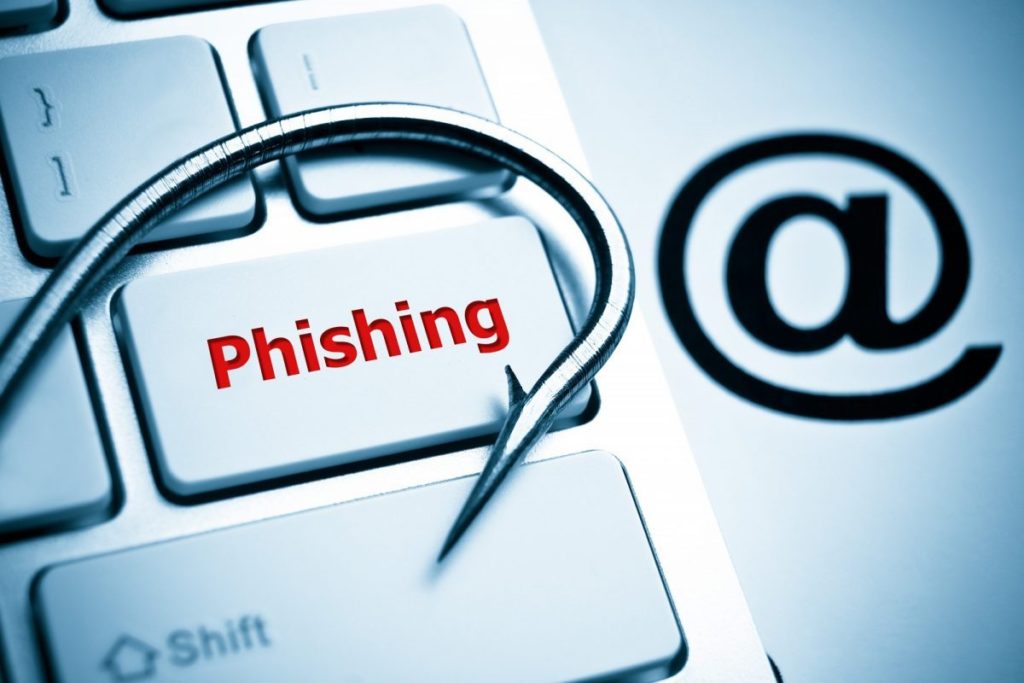In an increasingly digital world, safeguarding your cryptocurrency is essential. Unlike traditional financial systems, where banks offer some level of protection against fraud, the responsibility of securing your digital assets lies squarely on your shoulders.
Let’s explore the best practices to protect your cryptocurrency and avoid potential pitfalls. Uncover insights with KwickBit!
Use a Secure Wallet
The first step in protecting your cryptocurrency is choosing the right type of wallet. Cryptocurrency wallets fall into two categories:
Hot Wallets
Hot wallets are connected to the internet, making them convenient for frequent transactions. Examples include mobile apps, browser extensions, and desktop wallets.
Pros:
- Easy to access and use for daily transactions
- Ideal for active traders
Cons:
- Vulnerable to hacks and malware attacks
Cold Wallets
Cold wallets store your cryptocurrency offline, providing a higher level of security. Examples include hardware wallets (like Ledger and Trezor) and even paper wallets.
Pros:
- Immune to online hacks
- Ideal for long-term storage
Cons:
- Less convenient for quick transactions
- Risk of physical loss
Pro Tip: Always keep the majority of your funds in a cold wallet for enhanced security. Hot wallets should only be used for smaller amounts that you need for trading or spending.
Explore our guide on Bitcoin vs. Credit Cards to better understand the future of digital payments.
Enable Two-Factor Authentication (2FA)
Two-factor authentication adds an extra layer of security to your wallet and exchange accounts. This requires not only your password but also a second form of verification, such as a code from a dedicated app like Google Authenticator.
Why You Should Avoid SMS-based 2FA
SMS-based 2FA is vulnerable to SIM-swapping attacks, where hackers trick mobile carriers into transferring your phone number to a new SIM card. This allows them to intercept your verification codes.
Best Practice:
- Use authenticator apps like Authy, Google Authenticator, or Microsoft Authenticator for safer two-factor authentication.
Create Strong, Unique Passwords
Weak passwords are one of the biggest vulnerabilities in cryptocurrency security.
Tips for Strong Passwords:
- Use a combination of uppercase and lowercase letters, numbers, and symbols.
- Avoid common phrases, birthdays, or easily guessed information.
- Create a unique password for every wallet or exchange account.
Pro Tip: Use a reputable password manager such as LastPass, Dashlane, or 1Password to generate and securely store complex passwords.
Be Wary of Phishing Attacks

Phishing attacks involve hackers attempting to trick you into revealing your private keys or login credentials by pretending to be legitimate services.
Red Flags to Watch For:
- Emails that urge you to act quickly to “recover” your funds
- Fake websites with URLs that are slightly misspelled (e.g., “bitconwallet.com” instead of “bitcoinwallet.com”)
- Pop-ups or social media messages offering “investment opportunities”
Best Practices:
- Bookmark trusted cryptocurrency websites to avoid entering credentials on fake sites.
- Double-check URLs before entering sensitive information.
- Never click on links from unsolicited emails.
Read more: What is a phishing attack?
Keep Your Private Keys Private
Your private key is the master key to your funds. If someone gains access to it, they can control your cryptocurrency holdings.
How to Secure Private Keys:
- Write down your private keys and store them in multiple secure physical locations.
- Avoid storing private keys digitally, especially on cloud services.
Pro Tip: Use a hardware wallet to securely store and manage your private keys without exposing them to the internet.
Regularly Update Software
Outdated software can contain vulnerabilities that hackers can exploit. Wallet providers and exchanges frequently release updates to fix bugs and enhance security.
Best Practices:
- Keep your wallet apps, firmware, and exchange accounts updated.
- Enable automatic updates wherever possible.
- Stay informed about the latest patches from wallet manufacturers and exchange platforms.
Diversify Your Storage Methods
Don’t put all your crypto eggs in one basket. Spreading your digital assets across multiple wallets can reduce the risk of total loss.
Why This Works:
If one wallet is compromised, your entire investment won’t be wiped out. Diversification provides a safety net against hardware failures and online attacks.
Pro Tip: Use a combination of hot and cold wallets for a balanced security strategy.
Verify Transactions Carefully

A common mistake in the crypto world is sending funds to the wrong wallet address. Since blockchain transactions are irreversible, once the funds are sent, they cannot be recovered.
How to Double-Check Transactions:
- Carefully review wallet addresses before confirming transfers.
- Use wallet features that allow you to “whitelist” trusted addresses.
- Copy and paste addresses instead of typing them manually to avoid errors.
Conclusion
So now you’ve reviewed about Protecting Your Digital Assets: Guide to Cryptocurrency Security. KwickBit hopes this article will provide you with more useful information.
Cryptocurrency is transforming the way we think about finance, but with this innovation comes the need for greater security awareness. By following these best practices, you can significantly reduce the risk of losing your digital assets.
KwickBit – Non-custodial Payment Gateway
Read more:
